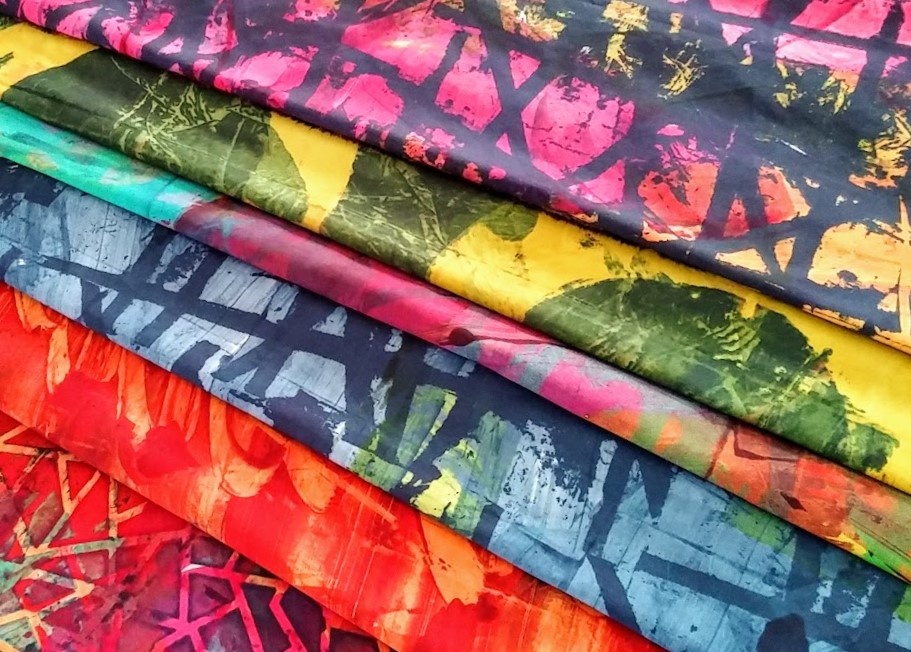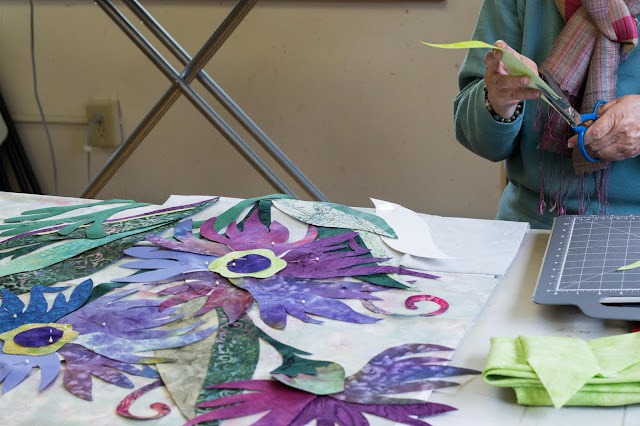Fiber artist Lyric Montgomery Kinard joined us for the first time in 2018 and we’re thrilled to have her back for a 5-day workshop from August 2-8, 2020. This year’s workshop will focus on how to find your voice!
Lyric encourages deep personal exploration and seeks to help you gain the skills to confidently work within your own unique vision. She can help you learn to speak the visual language as only you can.
Lyric is an award winning artist with a passion for sparking the creativity that she knows each of her students posses. With playful support and gentle encouragement she will take you through your first steps on a new path, seeing the world through the eyes of an artist. As an artist, author, and educator she transforms cloth into art in her studio and timid spirits into confident creatives in the classroom.

Q: Tell us what’s new in your personal art practice!
LMK: 2019 kept me busy working on a solo show called Stone, Water, Time that exhibited for two months at the Cary Art Center. It was a collaborative effort with poet, Maura High, exploring the history and geometry of historic mill wheels in North Carolina. 20 artworks and 9 poems and two months of events including gallery walks and poetry readings.
All this along with inspiring travel around the US and to both New Zealand and South Africa to teach and share my love of the visual language of art.
2020 will be a time of regrouping, doing a little less teaching travel and spending more time developing new online courses and working on a new book on Abstract Design.
Q: What will be new or different about your workshop this year?
LMK: Every time I teach it is new since my courses are always student driven. The chance to spend extended time with a small group of students will allow us to delve deeply into each person’s own artistic explorations. I help my students to better understand and articulate their own unique visual language. We work on surface design techniques but mostly we learn the creative analysis skills that help artists compose their work and problem solve during the design process.
























